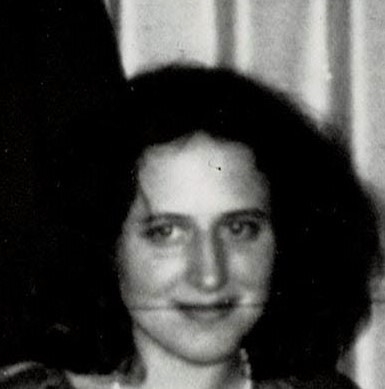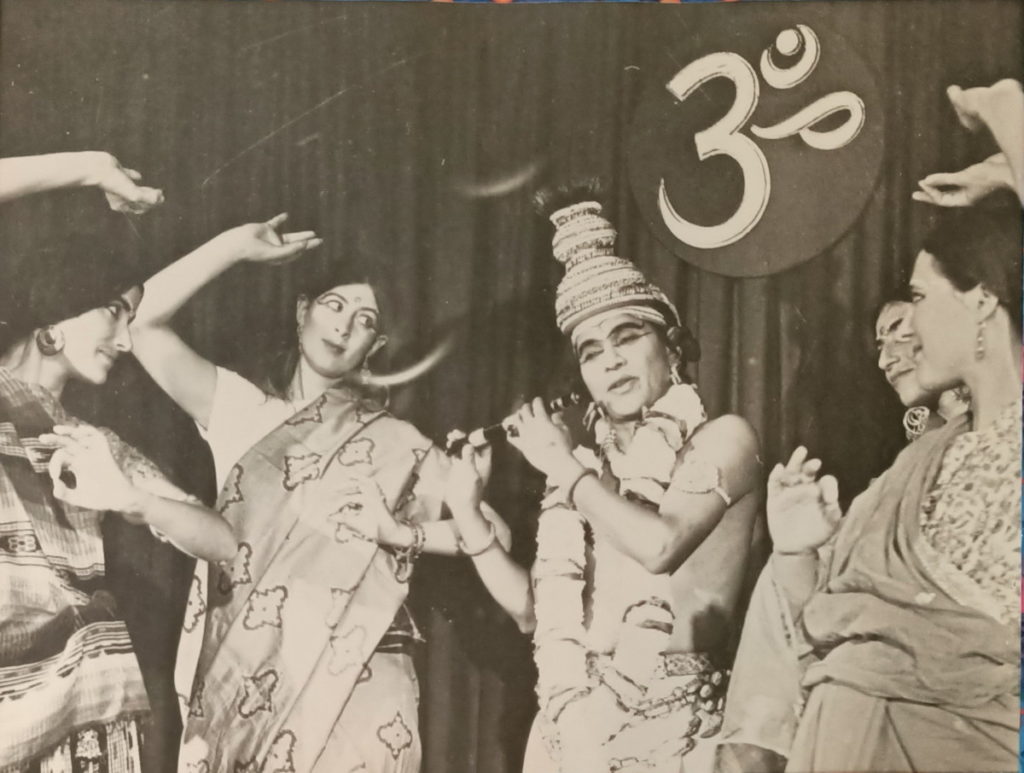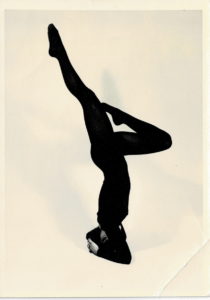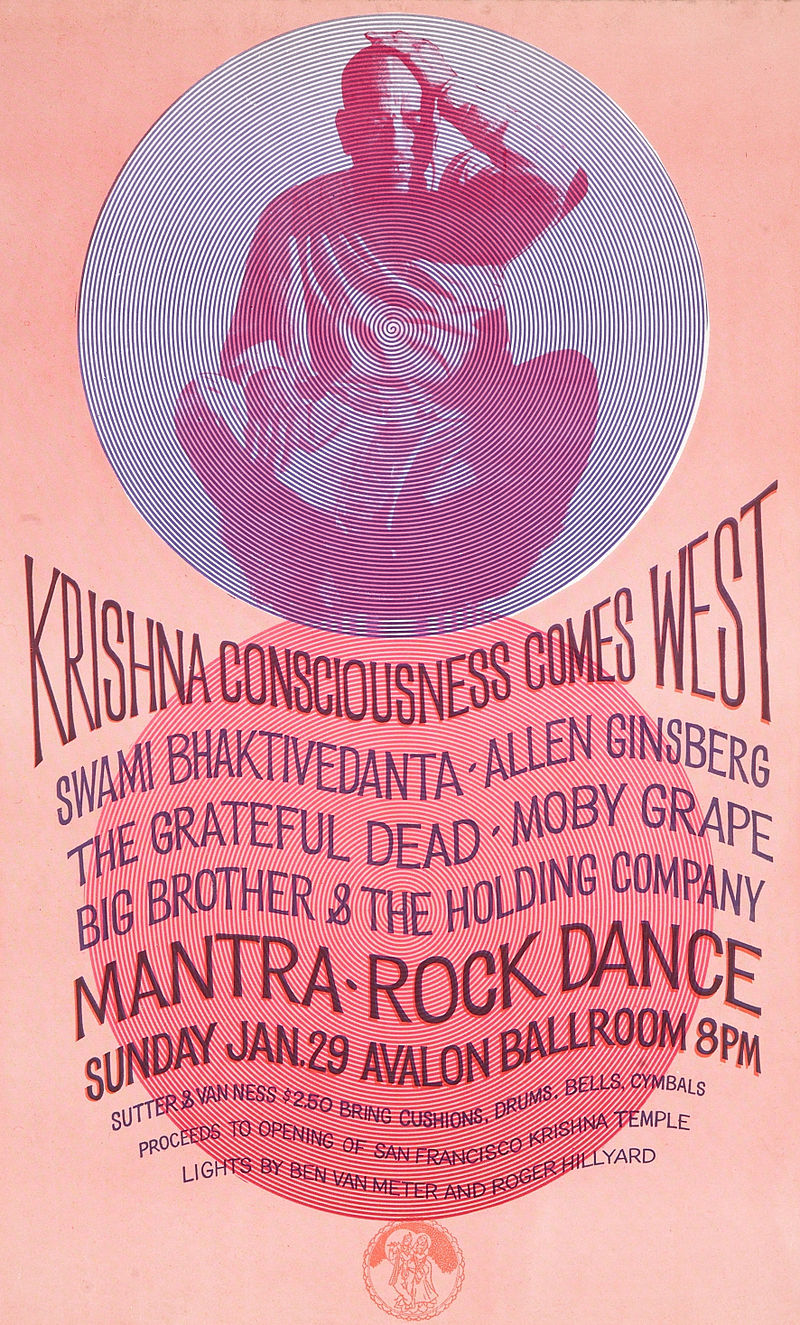I introduced yoga (Hatha) classes in Mt. Shasta
My life took a special turn in 1968, when I moved to Mt. Shasta. The special and amazing gift to me of teaching and demonstrating yoga came “by chance”.
Here I relate my preparation for teaching Yoga, demonstrating yoga and explaining yoga to people to whom it was really foreign. (I know it is hard to imagine, now, that yoga was an unusual practice in the USA in the 1960s.)

My introduction to yoga was in my high school gym class around 1962. My training as a dancer since three years old had given me a dancer’s grace and flexibility. Yoga seemed a good fit. By 1966, convinced by my reading of Autobiography of a Yogi and several books on Hatha Yoga from the library, I dedicated myself to the practice. Practicing on my own several hours a day, I also took classes from Sivaram and other teachers in San Francisco.
Avid Reader
As an avid reader, I then devoured books about yoga, yogis, yogic, mystic and “Hindu” traditions. Browsing the library shelves, I focused on the shelves in the 180-200s of the Dewey Decimal System, the books on ancient, medieval, and eastern philosophy. At that time, the main library in San Francisco had open stacks. There was access to arcane and obscure books decades old. It was a time of great opportunity for me to learn.
This study was full time and intense, I had no other work. I lived on savings and proceeds from the sale of the stock that my grandmother had bought me when I was a baby.
A Beautiful Practice
The classes, books, and the four hours of practice every day, coupled with the graceful training of 16 years of dance bestowed a beautiful practice, which was private to me. It showed in my body, though, and in my face, my countenance.

One of the books I brought home from the library was an “I AM” book, published by the St. Germaine society based in Mt. Shasta. Unbeknownst to me, this book and others in the series were normally available only to the members of the I AM organization based in Mt. Shasta.
A believer in miracles at that time, I avidly read this book about sightings of high spiritual figures on Mt. Shasta and the superconscious that is accessible to humans who focus on the I AM presence above the human frame.

On the last page of the book was an image of Mt. Shasta. The book had activated a desire in me to go to this mountain, which, a few years before, I had passed on the way to Seattle without much of a second look.
I focused on that little picture in the book and strongly said to myself “Oh how much I want to go to Mt. Shasta”.
Whether weeks or months passed, I don’t remember. But one day, my brother, who I hadn’t seen in a long time, came by with a woman I hadn’t met. He said to me: “I want you to meet my new woman. Her name is Vera. We got jobs in Mt. Shasta. Do you want to come with us?”
My brother did not know anything about my desire to go to Mt. Shasta. Nobody knew. It was just a strong thought that came to me at the close of the book. The miracle was right there in my brother’s question, though. My brother had never moved out of the Bay Area. He had never had a “new woman” but had been married for 13 years. Separating from his wife, getting a new partner, and moving 300 miles away was really out of his normal context.
Of course I moved to Mt. Shasta, staying with my brother for a few months with snow piled up everywhere that winter.
I continued my yoga practices. At the time I was somewhat oblivious to the cold. Taking cold showers toughened me. I slept with the windows open. In the mornings, icicles hung past the opening. I stood on my head outside. If anyone was paying attention to me, I didn’t notice. Like a drunk passed out on on a sidewalk, I was drunk with the power of yoga. But my brother was noticing. And soon he talked to people about his sister, who was freezing out his home with open windows and standing on her head.
I introduced yoga classes
As a result, people wanted to learn what I was doing. My own teacher, Sivaram, told me to go ahead and teach. I gave demonstrations and taught classes in various homes and in my own rented cabin in City Park.
The energy of the sacred mountain permeated my life there. There was no doubt that I was blessed, that my “overself” or spiritual consciousness was accessible there. I reached people who later taught yoga themselves, an ever widening circle of spiritual and physical well being.
Mundane, but joyful
Moving from Mt. Shasta in 1970 began a different period of my life, a life of responsibility, which was unfamiliar and difficult at first. Gradually, this, too, transformed into a life creative and joyful. Wherever I lived, I taught yoga. Like a tiny pebble thrown into a calm pond, ripples made their way to shores far from their source. Many of my friends and students reached farther than I could have ever dreamed.
Although I’ve taken classes and workshops from many teachers over the years, some quite famous, the path of yoga practice and teaching that captivated my students was that of Sivaram, my first real “in person” teacher. I might add, I find no web presence for him, no bio or any information. Funny that. The most influential and powerful people may often be quite unknown.




